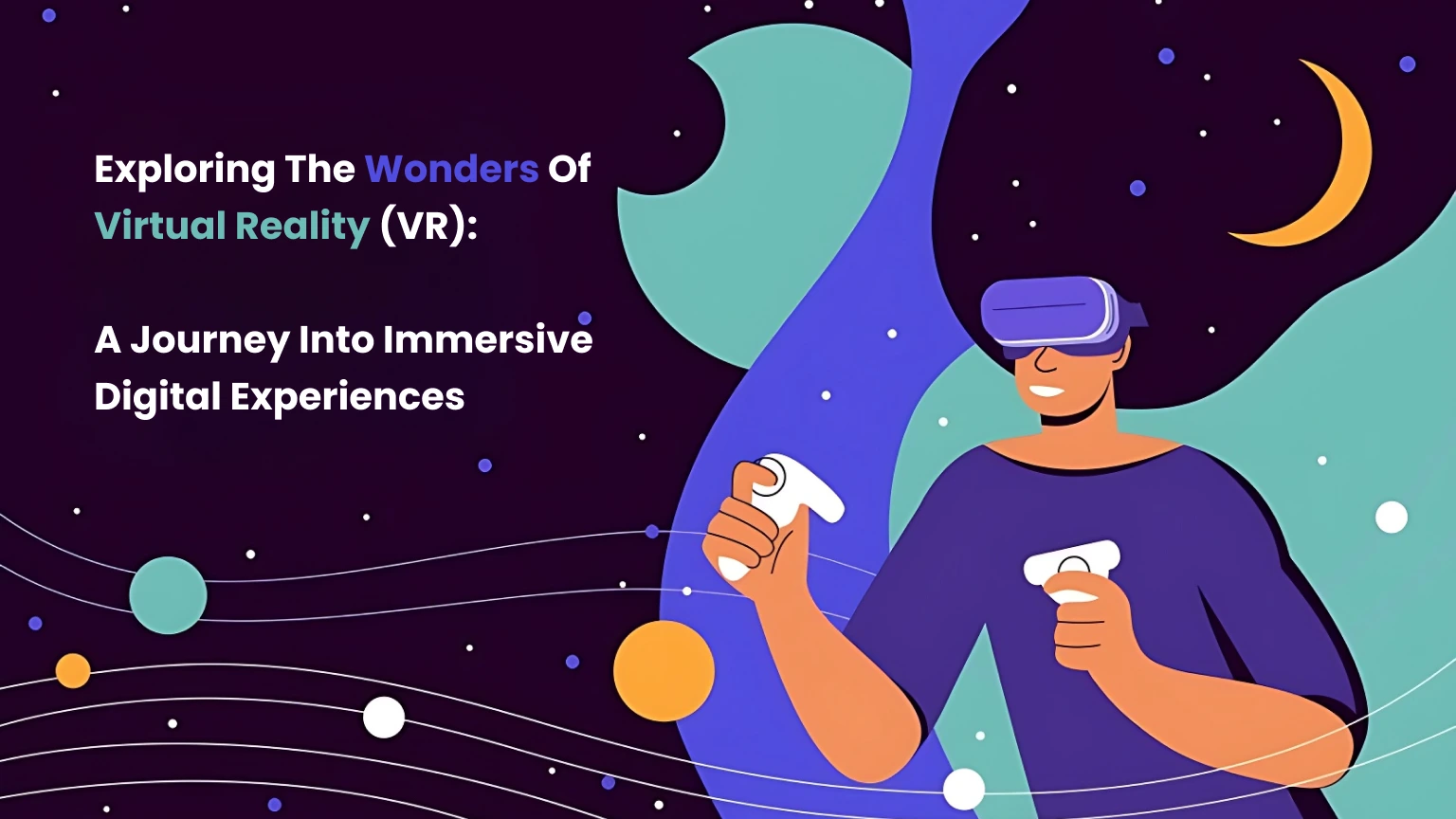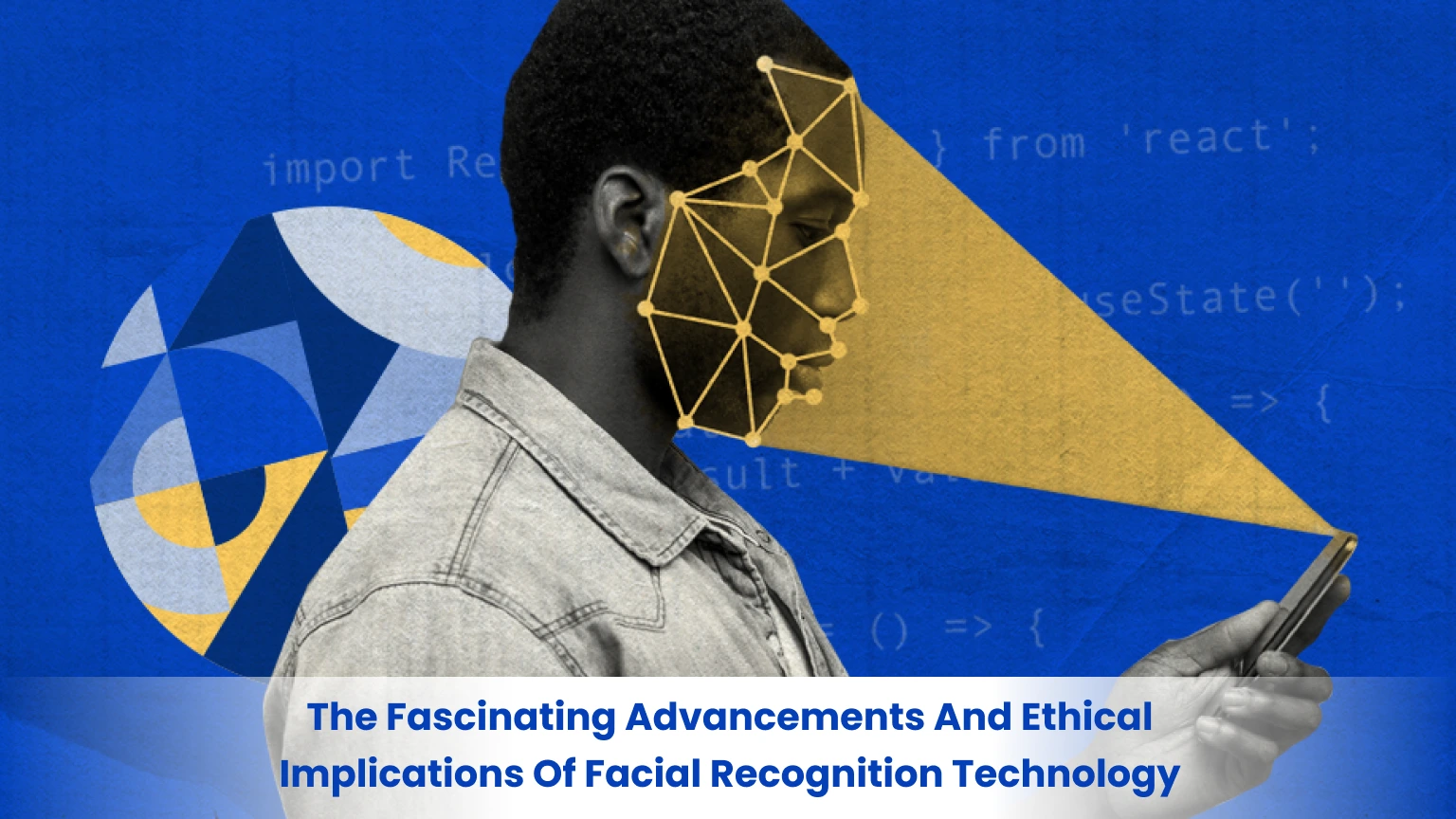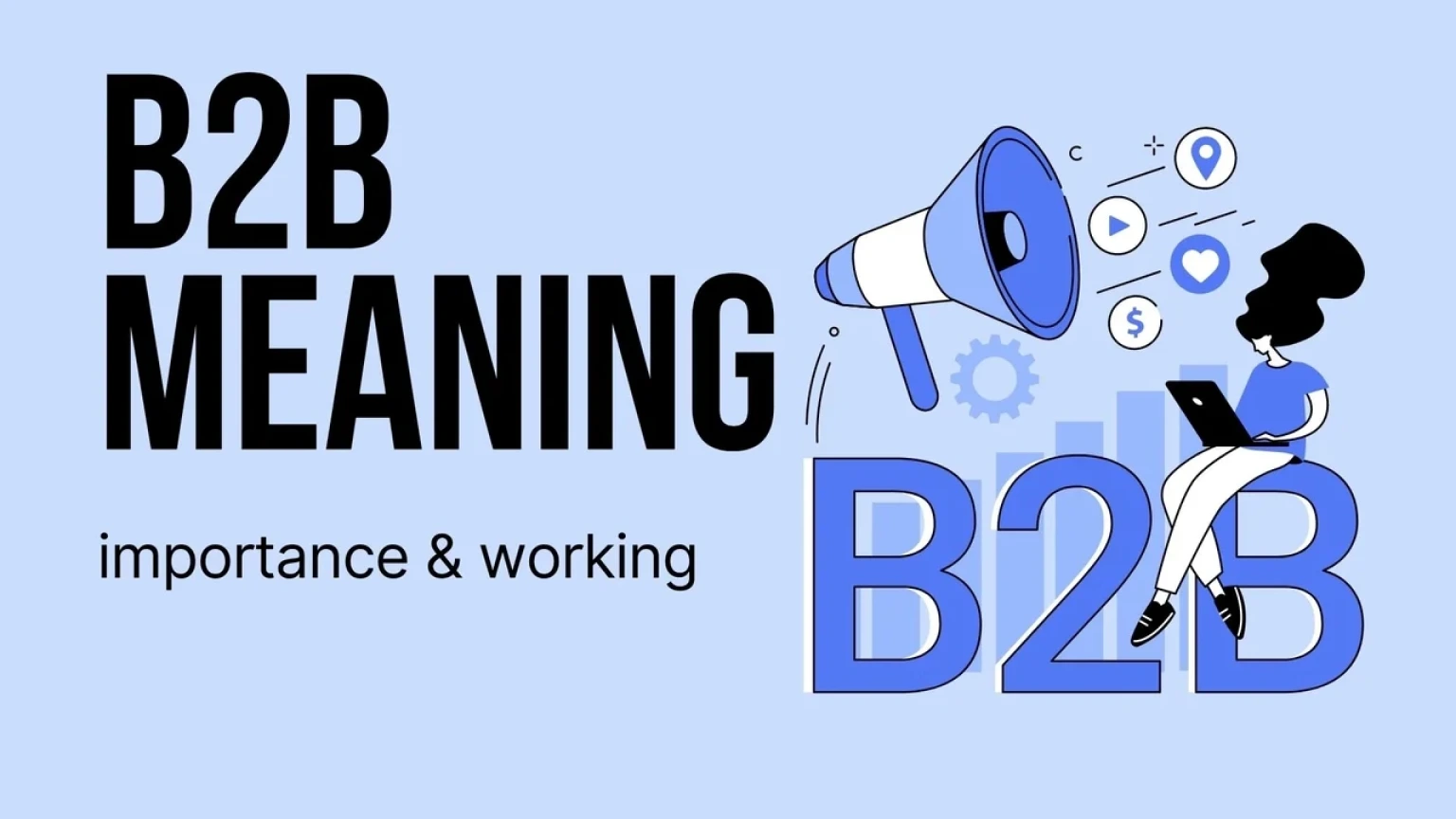Introduction:
The revolutionary technology known as virtual reality (VR) has completely changed how we see and engage with digital material. VR transfers users to virtual worlds by simulating a setting; this allows consumers an immersive and engaging experience that opens up countless opportunities for entertainment, education, training, and other uses. We will delve into the intriguing world of virtual reality in this blog, looking at its history, developments, uses, and prospects for the future.
- The history of virtual reality: We’ll go back in time in this section to examine the beginnings of VR. We will go over the major turning points that led to the development of the VR technology we know today, starting with early experiments in the 1960s and continuing with the development of head-mounted displays (HMDs) and sensory devices.
- VR applications: VR has impacted a number of industries, created new opportunities and transformed established practices. We’ll look at some of the most fascinating ones. VR programs, such as:
a. A new degree of immersion has been made possible by virtual reality (VR) games, allowing players to physically enter and interact with virtual environments. We’ll talk about well-known VR experiences, games, and the possibilities of VR in the entertainment sector.
b. Education and Training: VR holds great promise in these fields, providing lifelike simulations and immersive settings for improved learning. We will explore the educational uses of VR, from virtual classrooms to medical training.
c. Architecture and design: By allowing architects and designers to see and feel their creations in three dimensions, virtual reality (VR) can help with design iterations and client presentations. We will demonstrate how virtual reality is changing the architecture and design sectors.
d. Medical care and therapy: Virtual reality (VR) is being used more and more for pain control, exposure therapy, recovery, and mental health therapies. We’ll look at the huge influence this technology is having on medical procedures.
- Future and Challenges of VR: Although VR has made considerable strides, there are still obstacles to be overcome. We’ll talk about things like technological constraints, content accessibility, and moral dilemmas related to VR technology. We’ll also get a taste of VR’s prospective advances, new trends, and potential social effects in the future.
Conclusion:
Virtual reality has developed as a paradigm-shifting technology that crosses boundaries and creates new opportunities in a variety of industries. The uses for VR are endless, ranging from engaging gaming to cutting-edge training simulations and beyond. We may anticipate that VR will revolutionize how we interact with digital information as technology advances, providing experiences that are more and more similar to reality. So put on your virtual reality (VR) headset and get ready to experience the infinite universe of VR!
AUTHOR-ADITYA DAS
Disclaimer: The author(s) of this blog are solely responsible for the content posted. The blog platform serves as a medium for their expression, and the platform administrators assume no liability for the accuracy or legality of the content.





